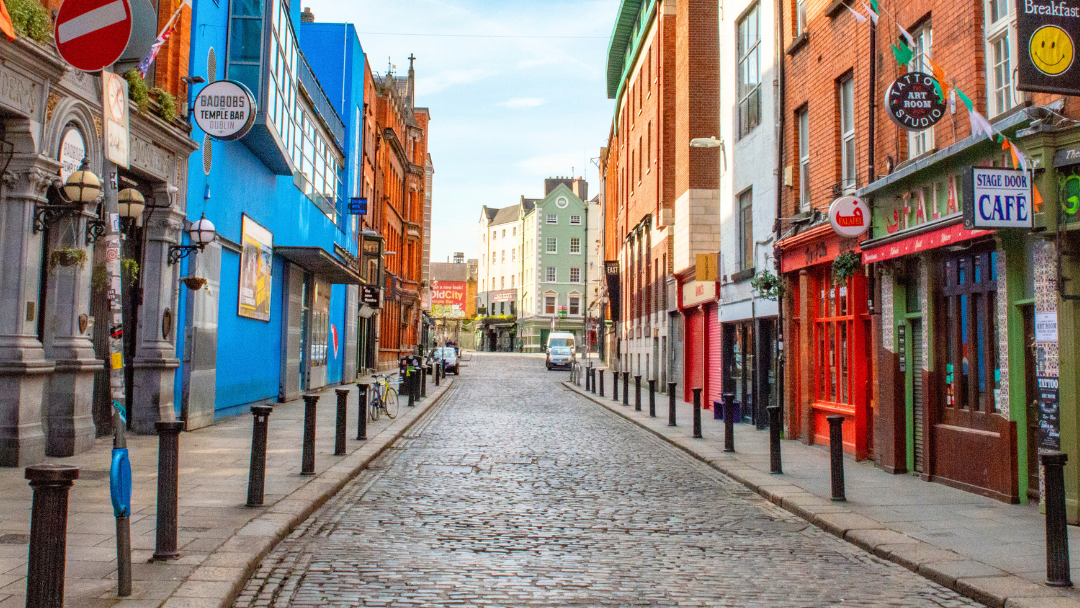
Why High Streets Are Fading—
and How Retailers Can Revive Them
It’s easy to blame the convenience of online shopping for the challenges faced by high streets, but recent success stories show there’s still demand for physical stores.
The key? Smart investment, creativity, and rethinking the role of retail spaces.
The High Street: A Decline in Full View
From bustling thoroughfares lined with local businesses to rows of empty shops, the high street isn’t what it used to be. Once the heart of community shopping and connection, these areas are now punctuated by discount outlets, charity shops, and an ever-growing array of coffee chains.
Scroll through social media, and you’ll find nostalgic photos of how things were: lively streets, thriving local businesses, and a sense of connection that no algorithm can replicate. Yet, the comments often place the blame squarely on ecommerce.
But the truth is, online shopping didn’t kill the high street—retailers did.
Shrinkflation, Poor Service, and Parking Woes
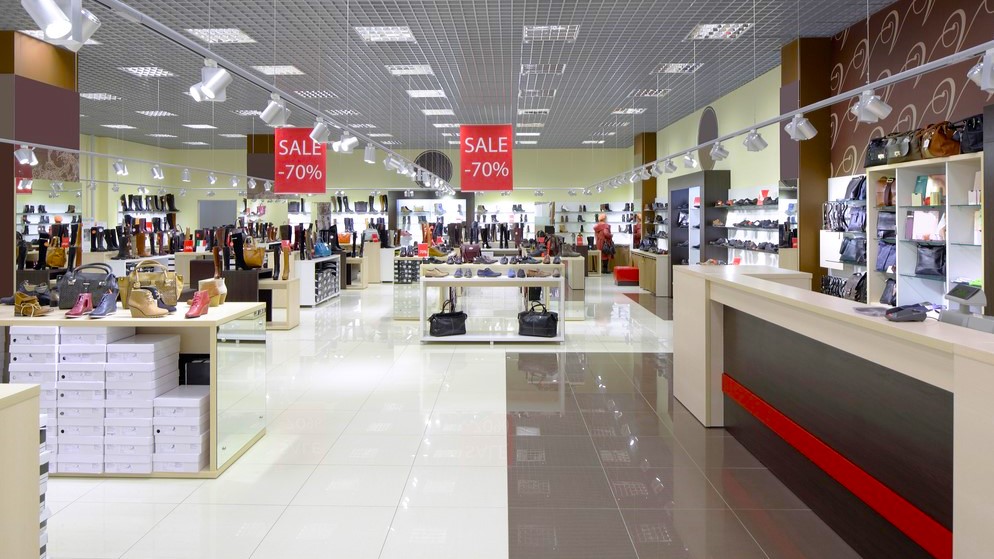
The steady decline of high streets stems from a series of missteps:
- Mediocre products at inflated prices: Consumers have become more discerning, particularly in today’s tight economic climate.
- Inconsistent service: With fewer staff and automated systems, shopping has lost its personal touch.
- Lack of convenience: High parking costs and uninspired store layouts don’t entice shoppers to linger.
Instead of improving their offerings to meet these challenges, many retailers have focused on cutting costs, further alienating their customers. And when profits declined, they blamed the internet.
The Role of Experience
Despite the challenges, high streets aren’t doomed. In fact, a new wave of businesses—think Mecca, Aesop, pop-up shops, and gourmet cafes—are showing that customers will come if there’s something worth the trip.
Pop-up shops are particularly powerful as they create excitement, provide flexibility for brands to test the waters, and encourage foot traffic. By transforming vacant spaces into vibrant hubs for new products, experiences, or seasonal offerings, pop-ups inject life and variety into high streets.
These services thrive because they deliver what ecommerce can’t: a personal, human connection and a sense of novelty.
A Case for Creativity
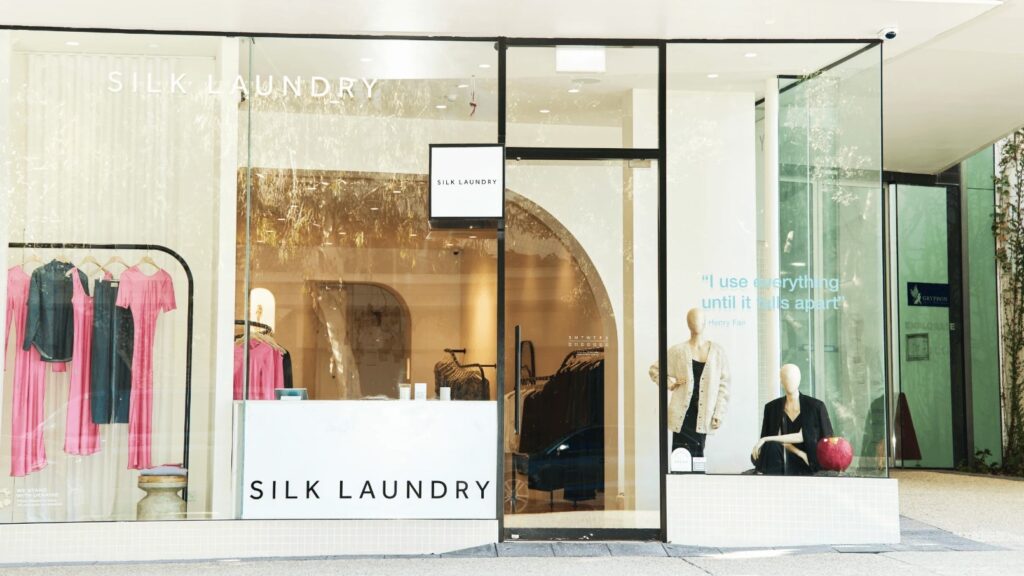
Physical stores have the potential to become hubs of community and experience—extensions of a brand’s identity. Take a leaf from Australian brands like Silk Laundry, which combine the convenience of online shopping with the tactile, immediate satisfaction of a physical store by offering click-and-collect services and exclusive in-store experiences.
Silk Laundry, known for its high-quality, luxurious silk clothing, has created an in-store experience that elevates the brand. Their retail spaces are thoughtfully curated to embody their brand’s ethos, providing customers not only with beautiful products but also with an experience that feels personal and unique.
Meanwhile, pop-ups create a sense of urgency and exclusivity that attracts customers eager for something fresh and different. Silk Laundry, for example, hosts exclusive Archive Sales, offering limited-edition collections and past-season pieces at discounted prices. These events inject excitement and variety into high streets, keeping the retail experience dynamic and engaging while offering shoppers a unique opportunity to discover something special.
The Mecca Case: A Study in Destination Retail
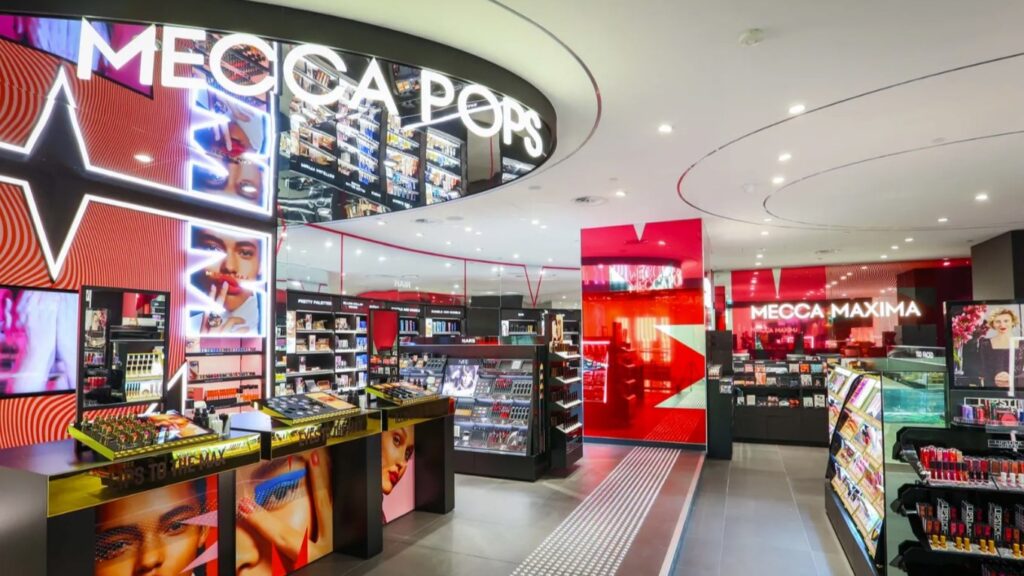
One of the best examples of this new approach comes from Mecca, which has redefined the beauty shopping experience in Australia. Their physical stores are not just retail spaces—they are destinations. By combining luxurious design with cutting-edge beauty technology and personalised services, Mecca has turned shopping into an experience.
Their stores feature beauty bars where customers can try products, receive skin consultations, and even enjoy makeovers—experiences that ecommerce simply can’t replicate. By creating an immersive environment that celebrates beauty in all its forms, Mecca has shown that physical spaces can still hold immense value in a digital world.
These efforts remind us that with the right mix of creativity and customer focus, even physical spaces can feel fresh, relevant, and irresistible.
What Retailers Can Do
To reinvigorate the high streets, retailers need to rethink their approach. Instead of viewing physical shops as mere profit centres, they should see them as opportunities to enhance the customer experience:
- Invest in staff: Great service creates lasting impressions.
- Embrace pop-up strategies: Use temporary retail spaces to test ideas, create buzz, and draw foot traffic.
- Create a sense of place: Turn your store into a destination worth visiting.
- Integrate omnichannel strategies: Combine the convenience of online shopping with the tactile and emotional appeal of in-store experiences.
A Future Worth Investing In
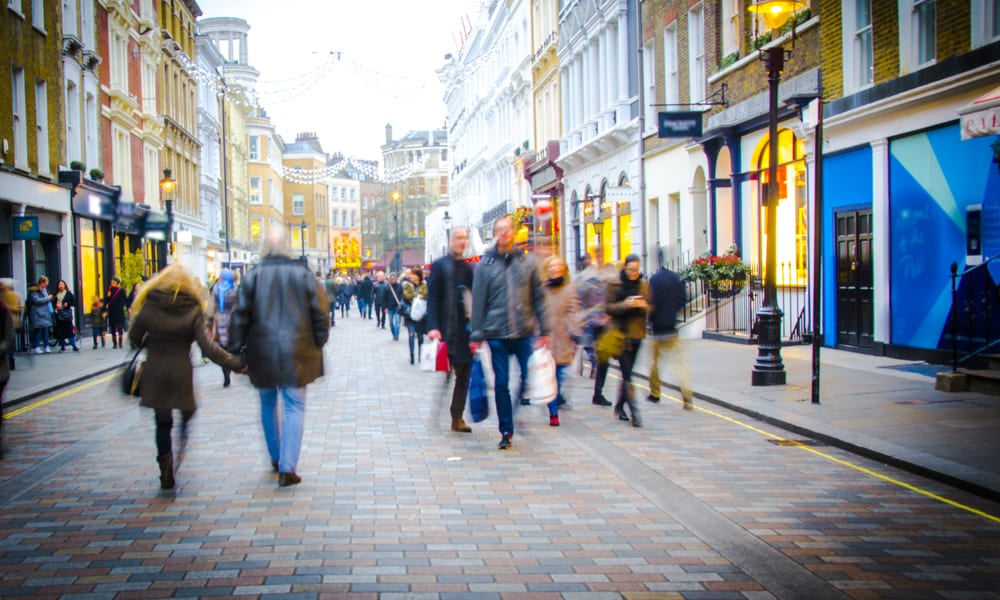
The high street isn’t beyond saving. With creativity, community focus, and a willingness to adapt, retailers can transform these spaces into vibrant centres of commerce and connection. Pop-up shops, in particular, offer a fresh way forward, helping to revive vacant spaces and engage communities in ways that ecommerce simply can’t.
High streets don’t just need shops—they need stories, experiences, and reasons to return. With a bit of imagination, they can once again become the beating hearts of towns and cities.
